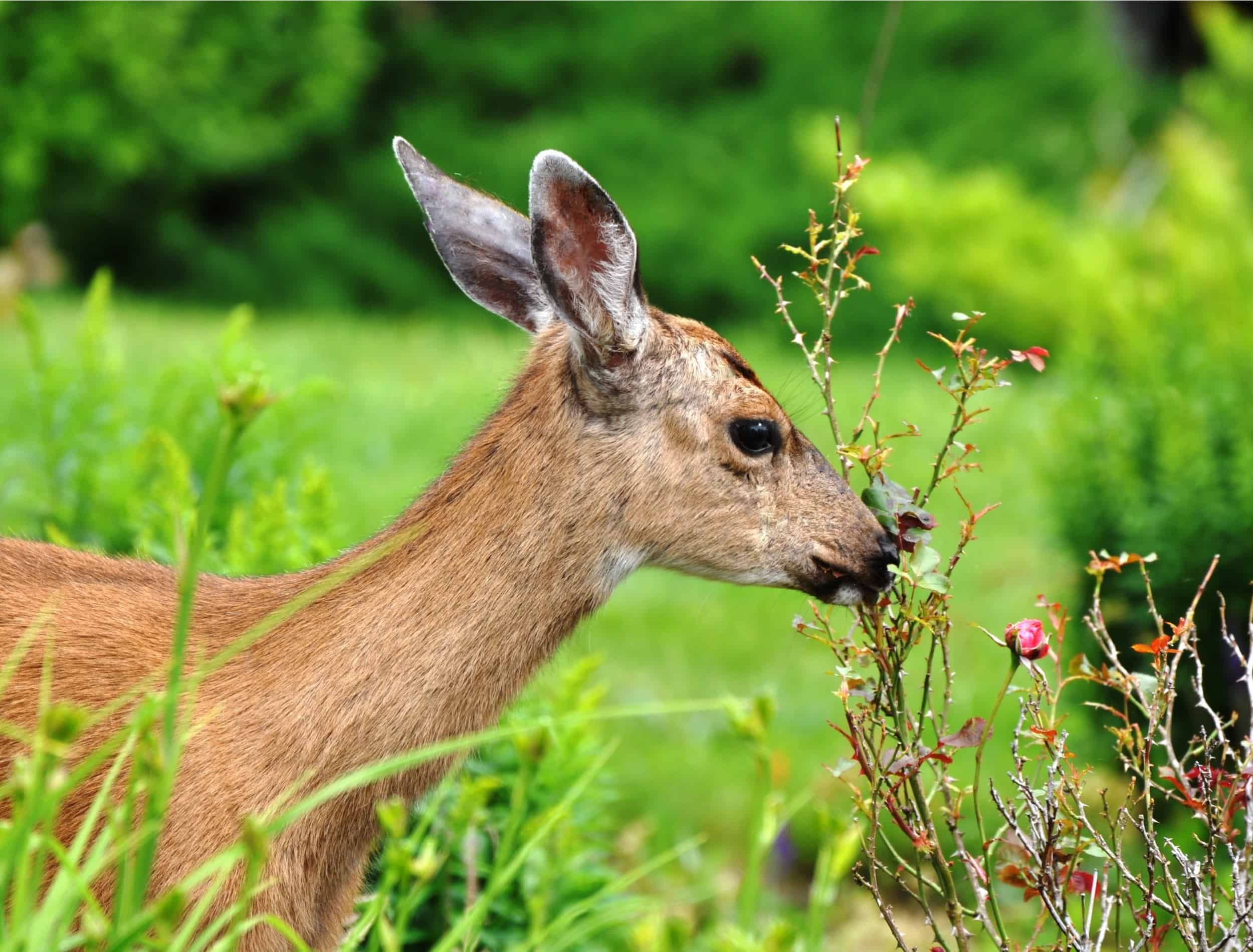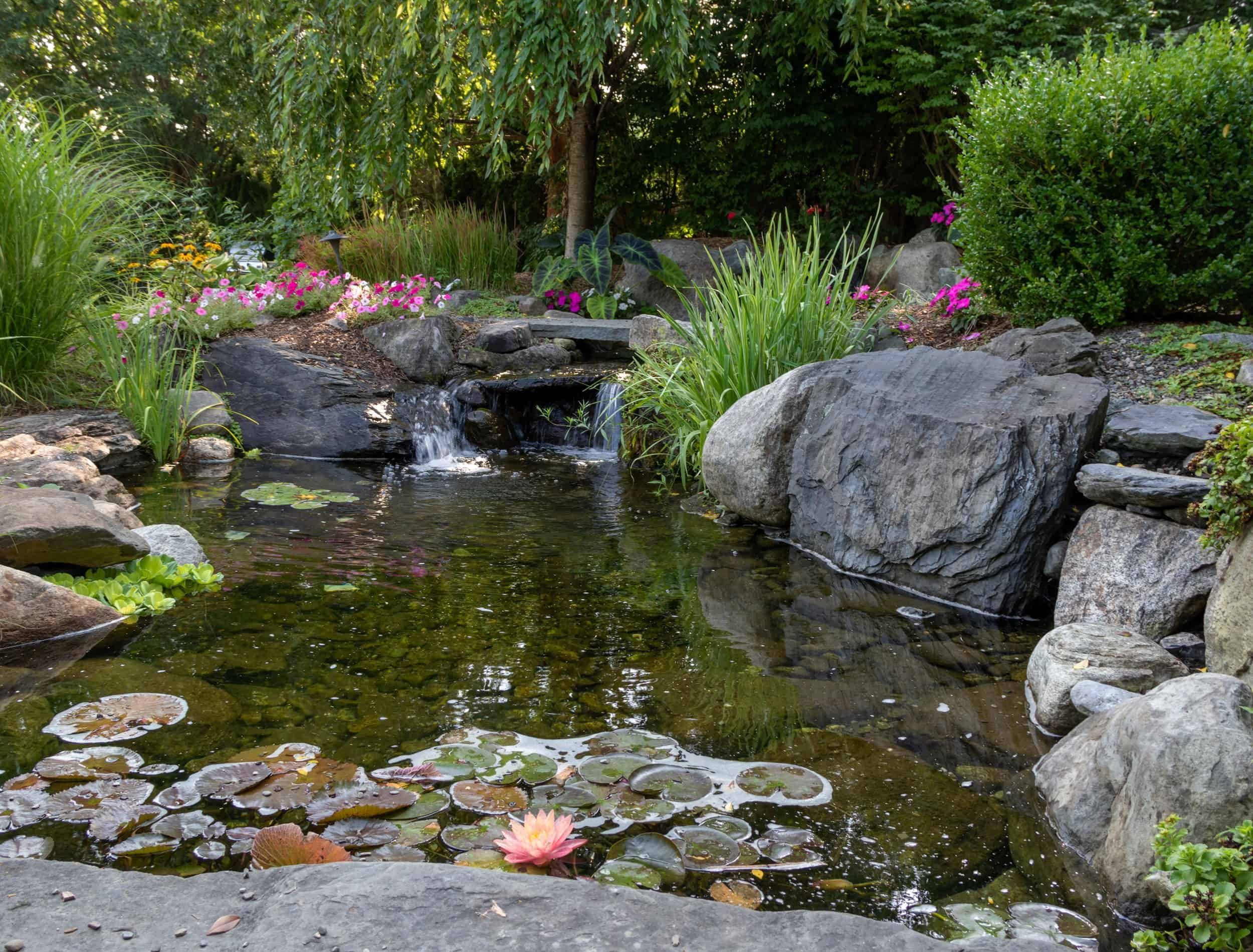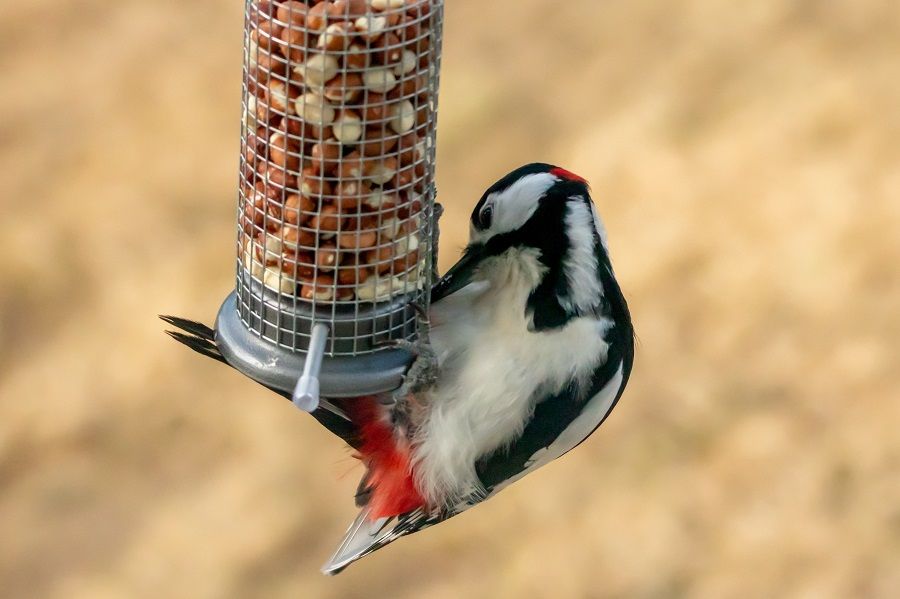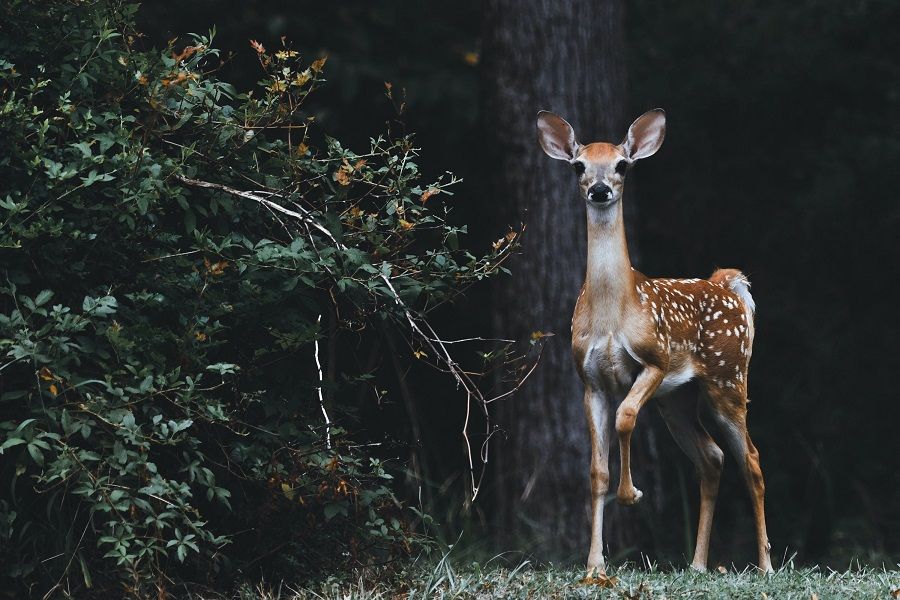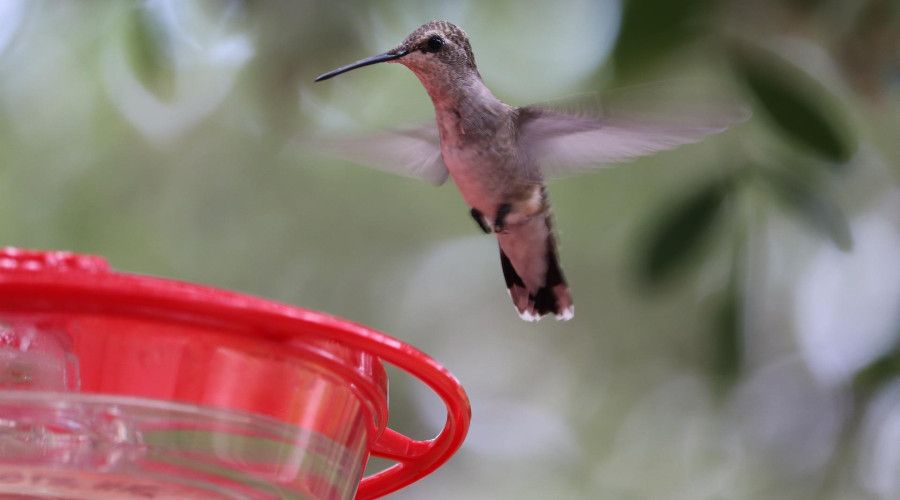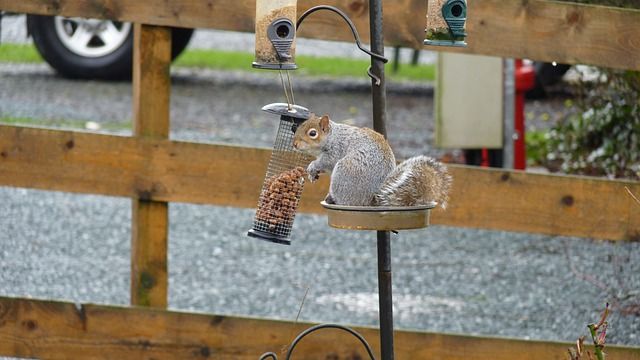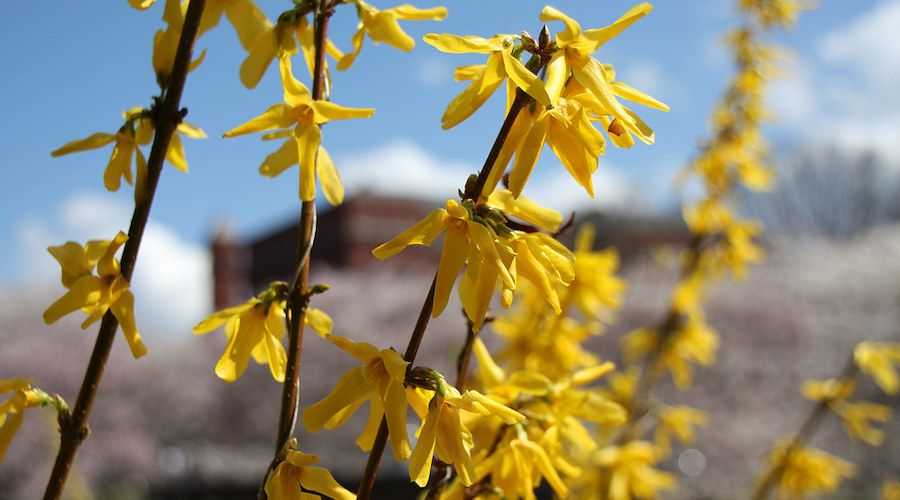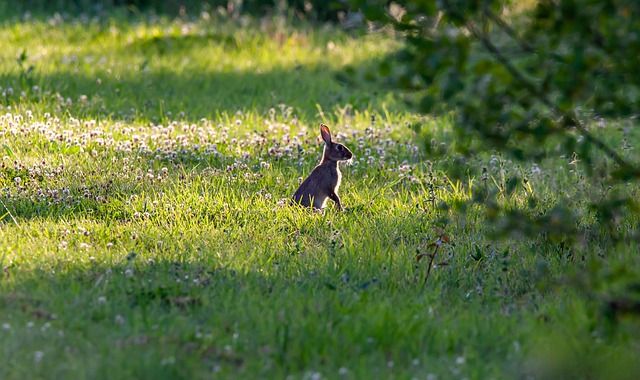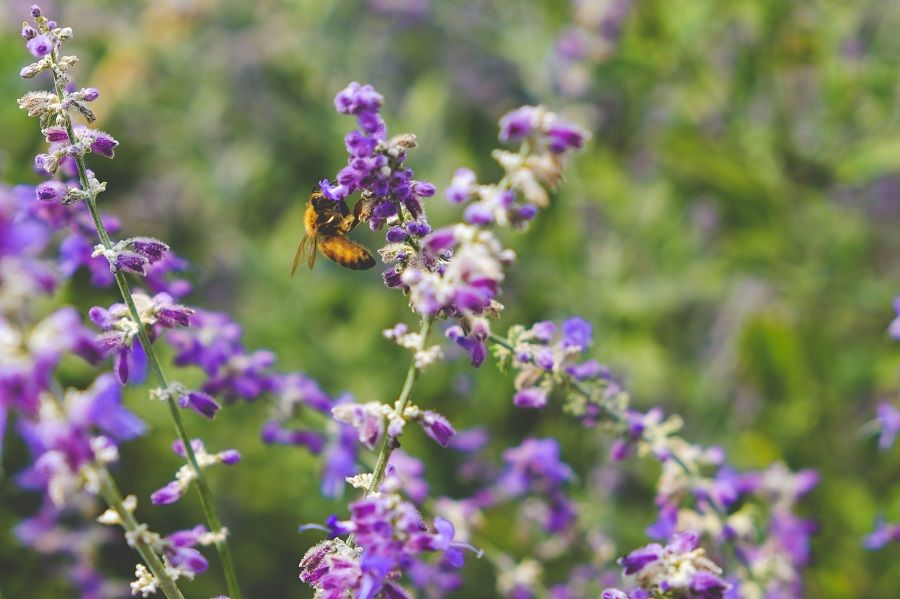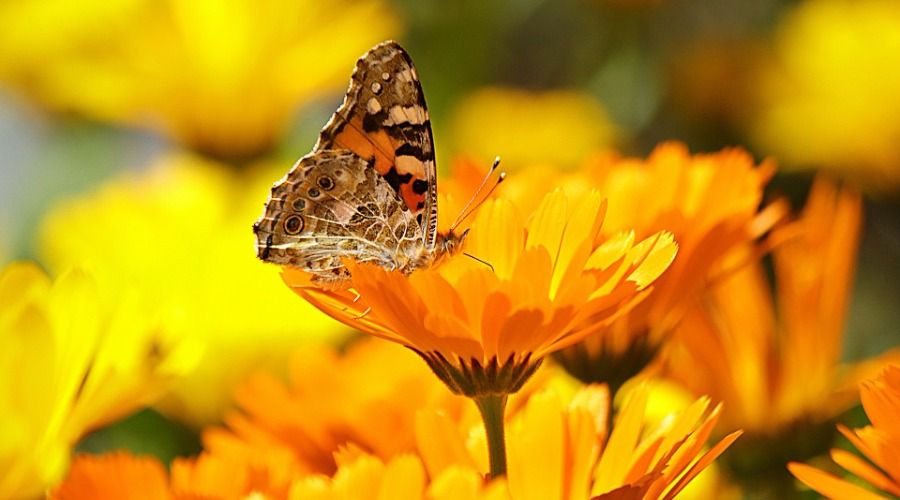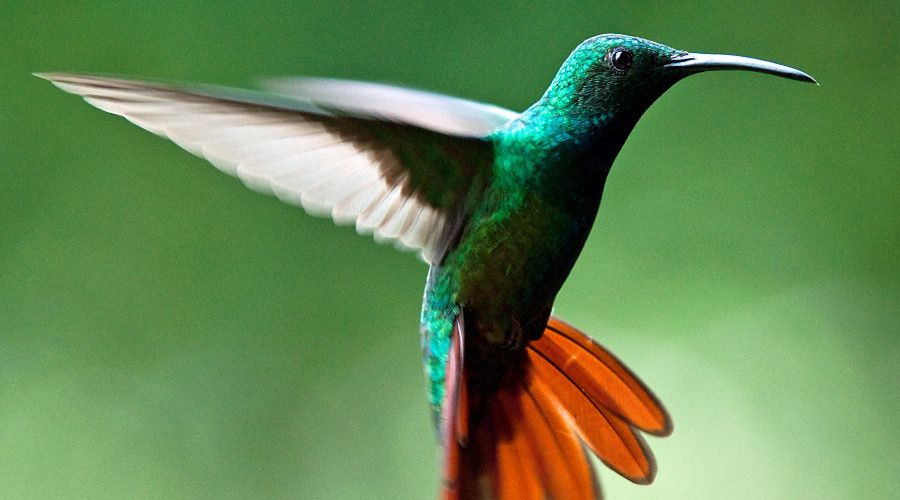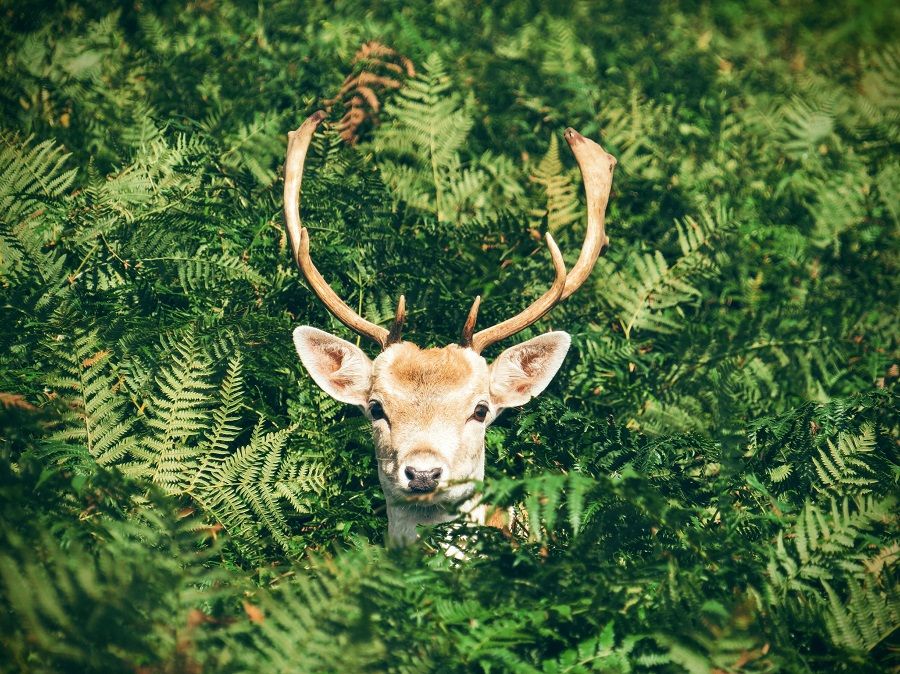When people think of creating a wildlife habitat, they envision building a pond or restoring a wild area. But, you don't need a lot of land or water to provide homes for wildlife. By making your backyard friendly to native animals, you can make an oasis in the city and enjoy the sights and sounds of nature right in your backyard!
To help you achieve that, we prepared a guide with helpful tips on how to create a wildlife habitat in your backyard.
Location
Image credit: Rabbitti via Shutterstock
First, choose the right location for your wildlife habitat. It should be away from busy roads and areas with a lot of human activity. You'll also want to make sure there is plenty of sunlight and shelter from the elements.
Provide Food
Image credits: Lasse Nystedt via Unsplash
Native plants are an important food source for many animals. By planting a variety of native flowers, shrubs, and trees, you can provide nectar for pollinators like bees and butterflies, fruit for birds and other small mammals, and seeds for songbirds.
You can also supplement the natural food sources in your yard by putting out a bird feeder and keeping a water source available.
Create Cover
Image credits: Scott Carroll via Unsplash
Animals need places to hide from predators and the elements. By providing dense vegetation, you can give animals the cover they need. Planting native grasses, shrubs, and trees will provide not only physical protection but also offer places for animals to build their nests.
Offer Refuge
Image credits: GeorgeB2 via Pixabay
Water is an important resource for all wildlife, and even a small backyard pond can be a great way to attract animals to your property. If you don't have room for a pond, consider installing a water feature like a fountain or waterfall. Keeping a clean birdbath filled with fresh water is another way to offer water to thirsty animals.
Be a Good Neighbor
Image Credits: Image Credits: u_xguruint via Pixabay
You can't create a wildlife habitat in your backyard if your neighbors aren't on board. Talk to your neighbors about your plans and see if they're interested in creating their habitats. By working together you can turn your block into a haven for wildlife!
Pick Ideal Vegetation
When planning your backyard wildlife habitat, it is important to choose the right types of vegetation. Here are some tips to help you get started.
Native Plants
Image Credit: Mr.TinDC via Creative Commons
Choose plants that are native to your area. Native plants are tailored to the regional environment and soil, so they require less water and maintenance than non-native plants. They also provide food and shelter for local wildlife.
What Wildlife Are You trying To Attract?
Image Credits: Image Credits: TheOtherKev via Pixabay
Consider the needs of the animals you want to attract. Some of them need specific types of plants for food or shelter. For example, hummingbirds feed on nectar from flowers, while garter snakes eat slugs and insects.
Mix It Up!
Image credits: pasja1000 via Canva
Create a mix of different plant types. A variety of plants will provide food and shelter for a greater number of animals. Include trees, shrubs, grasses, and wildflowers in your habitat and watch the animals stroll in.
Avoid Any Harmful Chemicals
Image credits: fbxx via Canva
Avoid using pesticides and herbicides. These chemicals can harm or even kill the animals you are trying to attract. Instead, use natural methods to control pests, such as beneficial insects and traps.
When To Plant
Image credits: Scotty Turner via Unsplash
Plant your habitat in early spring or fall. It will give the plants time to establish themselves before the hot summer sun or cold winter weather arrives.
By following these tips, you can create a backyard wildlife habitat that is both beautiful and beneficial for local wildlife!
What You Can Plant For Different Wildlife
One of the best ways to attract wildlife to your backyard is by planting the right plants. By creating a habitat that provides food, water, and shelter, you can entice all sorts of animals to visit your yard!
Bees and Butterflies
Image credits: Donvikrovia Pixabay
You can plant the following flowers to attract bees and butterflies:
- Thistle
- Joe-Pye Weed
- Ironweed
- Buttonbush
- Purple Coneflower
- Black-eyed Susan
Hummingbirds
Image credits: sam may via Flickr
Some flowers that hummingbirds are attracted too are listed below.
- Trumpet Creeper
- Red Bee Balm
- Scarlett Sage
- Cardinal Flower
- Columbine
- Trumpet Honeysuckle
- Hummingbird Mint
Deer
Image credits: Chris Greenhow via Unsplash
Deer love to much on the following:
- Blanket flowers
- Roses
- Zinnias
- Red Clover
- Orchard Grass
- Daylilies
- Pansies
- Acorns
- Chestnut Trees
- White Oak Trees
Rabbits
Image credits: Aswathy N
via Unsplash
And who doesn't love rabbits! Below are some great snacks for these friends.
- Clover
- Blackberries
- Raspberries
- Bachelor's Button
- Sunflower
- Petunia
- Willow Trees
- Apple Trees
- Maple Trees
Start Your Own Wildlife Habitat
If you’re looking for a fun and easy way to help the environment, creating a wildlife habitat in your backyard is a great option. By following these tips, you can create a space that will provide food, cover, and water for native animals. You may even get to enjoy watching the wild creatures that call your yard home!
Do you have any tips or tricks of your own? Let us know in the comments below.

